It is difficult to precisely pinpoint the developments that have taken place on the RB21 over the first part of the season.
While there were elements that had been in the planning for some time, especially around the development of the chassis introduced in Austria, there was a clear sense that the changes introduced in Japan, Miami and Imola were mostly corrections of problems or limitations found in the design.
In Japan, for example, a rear end was introduced with an extremely narrow hood with no slots for heat dissipation, directing much of the airflow to the rear of the car.
Even then, there was an impression, confirmed at the last race at Silverstone, that the Red Bull RB21 suffers from poor aerodynamic efficiency.
It was, therefore, always necessary to adopt more streamlined or at least more efficient configurations in terms of bodywork.
Verstappen's driving style
The initial changes to the underside, made only on Max Verstappen's car in Miami, were intended as a precursor to a more comprehensive package in Imola.
The underside not only had to guarantee the aerodynamic load provided by the wings, but also to return the aerodynamic balance to a more centred equilibrium. Thus, an attempt was made to reduce chronic understeer, which is characteristic of the current car.
An additional issue is the extreme stiffness of the front end, which does not help solve understeer. Instead, it causes an obvious transfer of load to the rear, especially when changing direction quickly.
We can say that the RB21 inherited all the problems of the RB20, witnessed in the second part of last season, without them being solved.
The design direction of technical director Pierre Waché and his team has, instead, focused on making the car more effective based on Verstappen's driving style.
It is fair to suggest that this is an understandable choice from a sporting and championship point of view, but there is no real technical basis for it.
In essence, following this path has not allowed the engineers from Milton Keynes to definitively solve the car's dynamic and aerodynamic problems, simply by finding a compromise in terms of on-track behaviour that would still allow Verstappen complete control.
Embedded and widespread
The British Grand Prix showed that, in variable grip conditions, even this objective was missed by the decision to reduce the rear-wing downforce to improve the RB21's efficiency on Silverstone's straights, resulting in a higher top speed, to favour one-lap performance in qualifying.
Essentially, it was a non-solution, which highlighted how the car's current limitations which are no longer offset by Verstappen's considerable talent.
It now remains to be seen whether Verstappen will still be able to challenge his direct rivals over the second half of the season at certain circuits, such as Zandvoort, where efficiency counts for much less.
The widespread belief in the paddock, however, is that Red Bull's winning ways are at an end.
Don't miss out on any of the Formula 1 action thanks to this handy 2026 F1 calendar that can be easily loaded into your smartphone or PC.
Download the calenderMost read
In this article
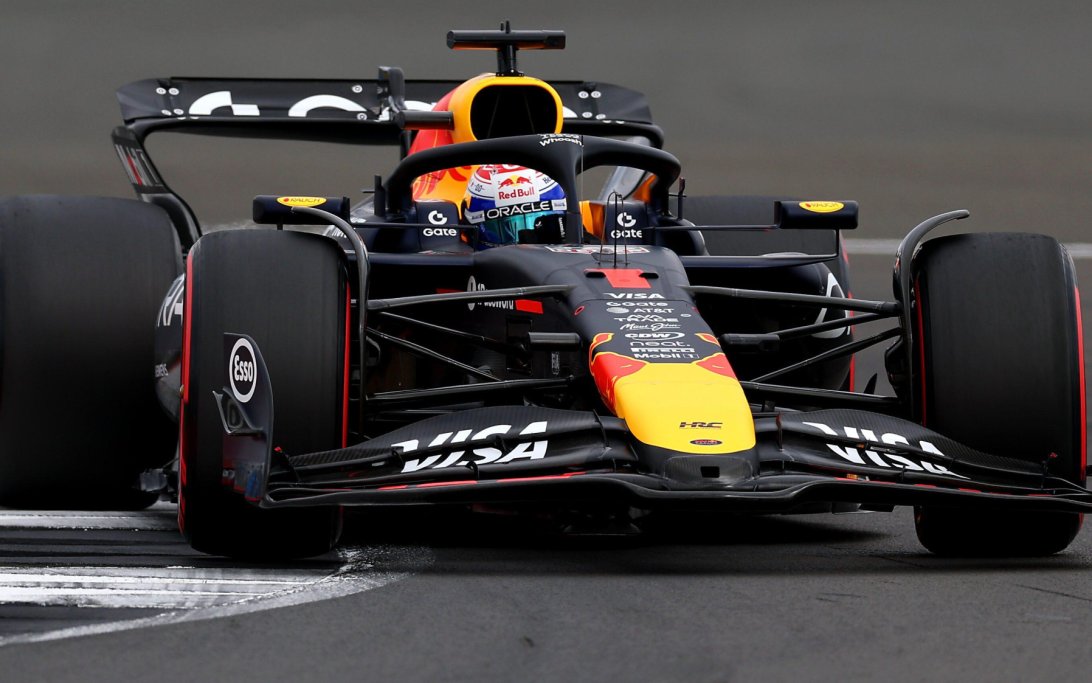
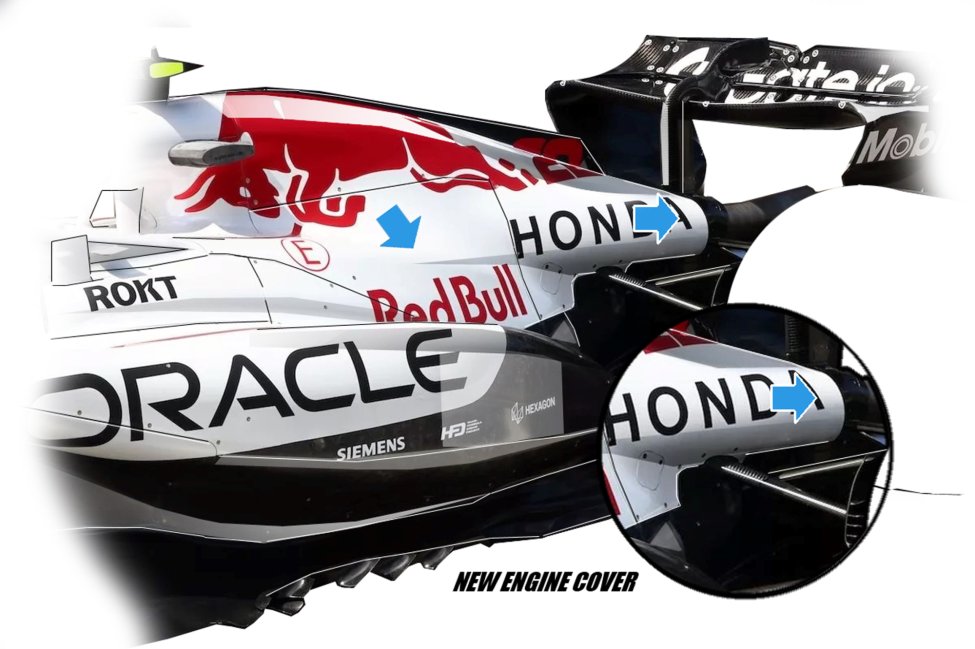
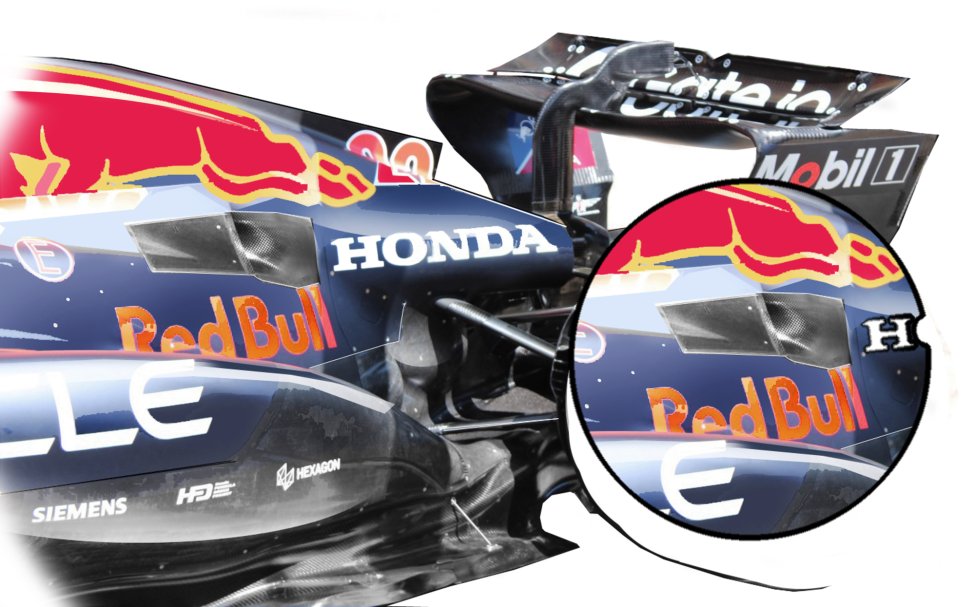
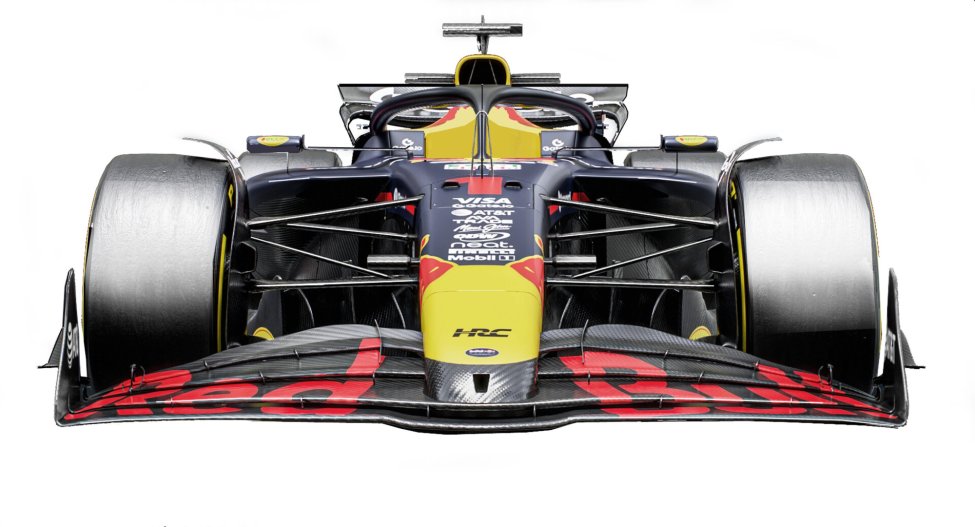
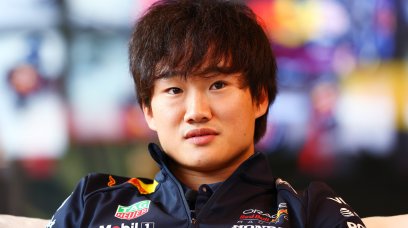
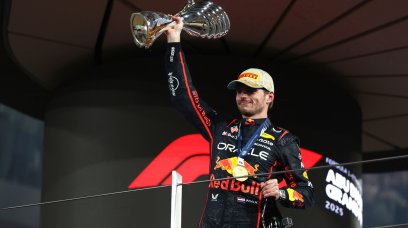
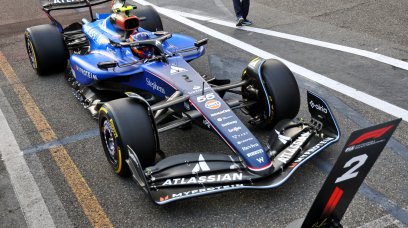
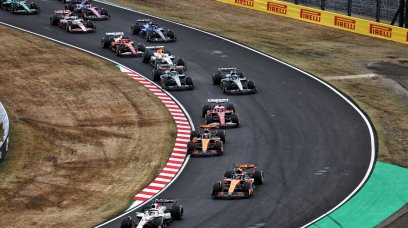
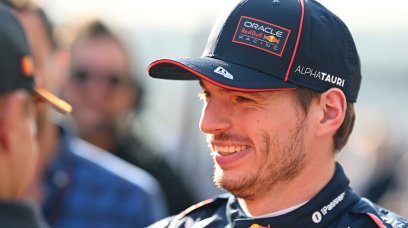
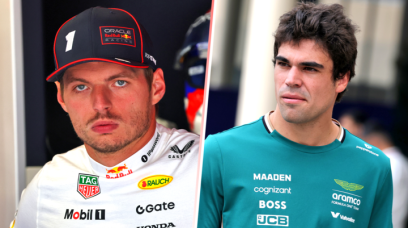
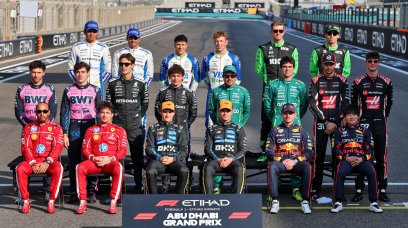
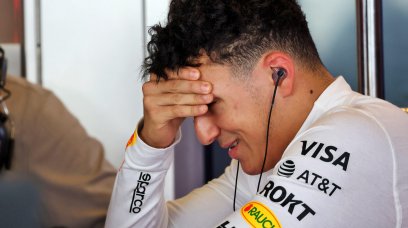
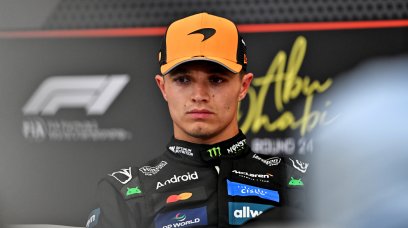
Join the conversation!